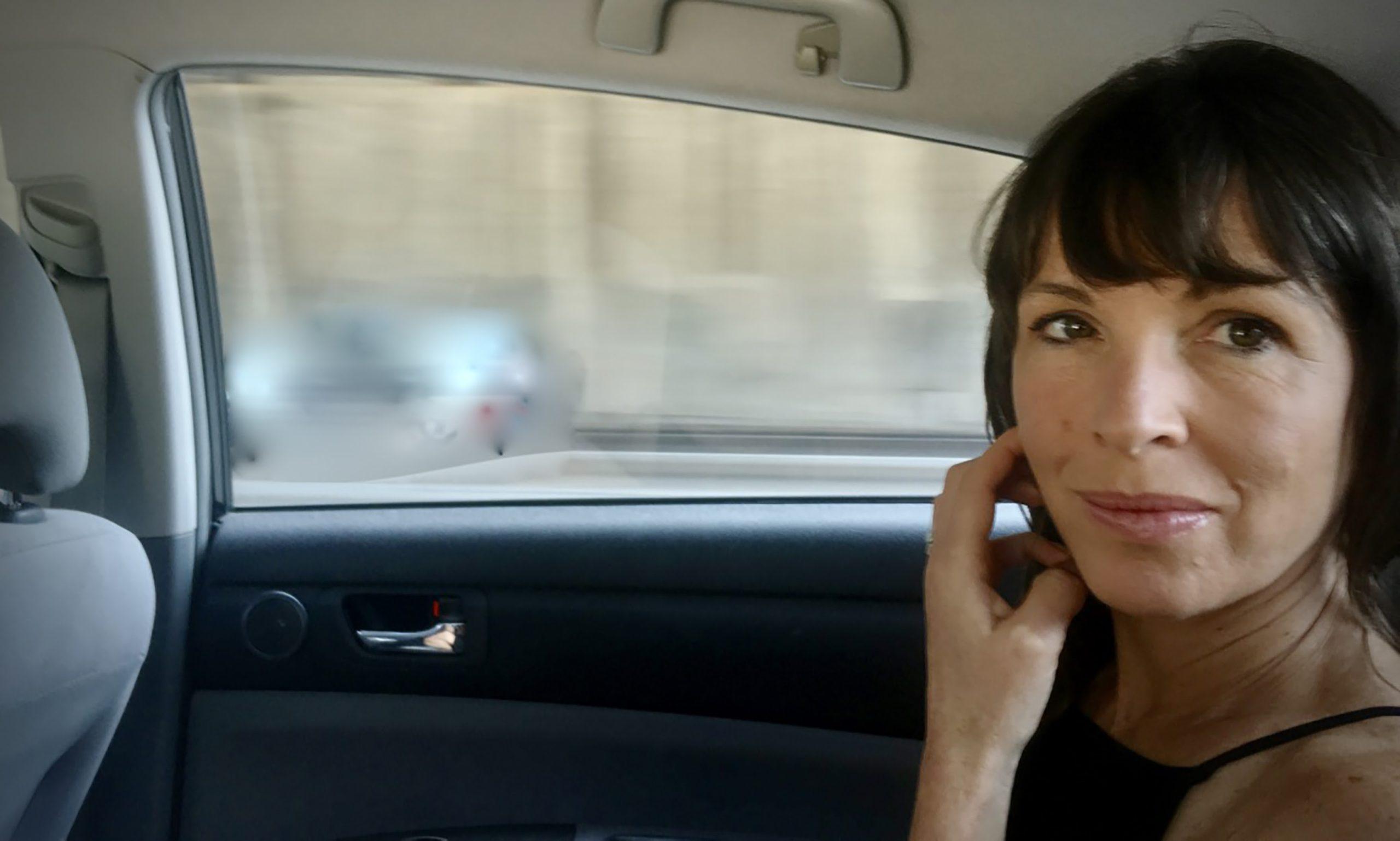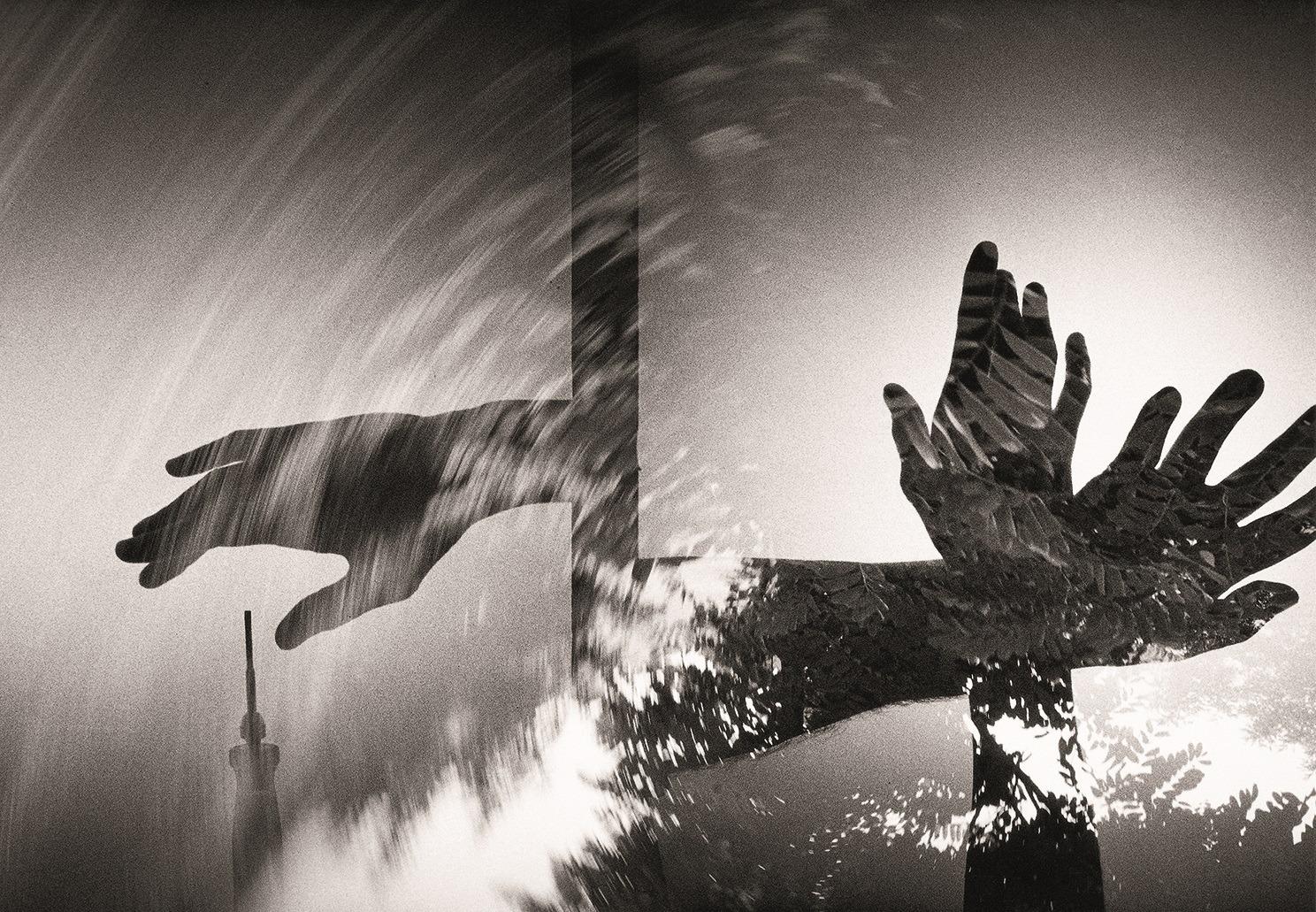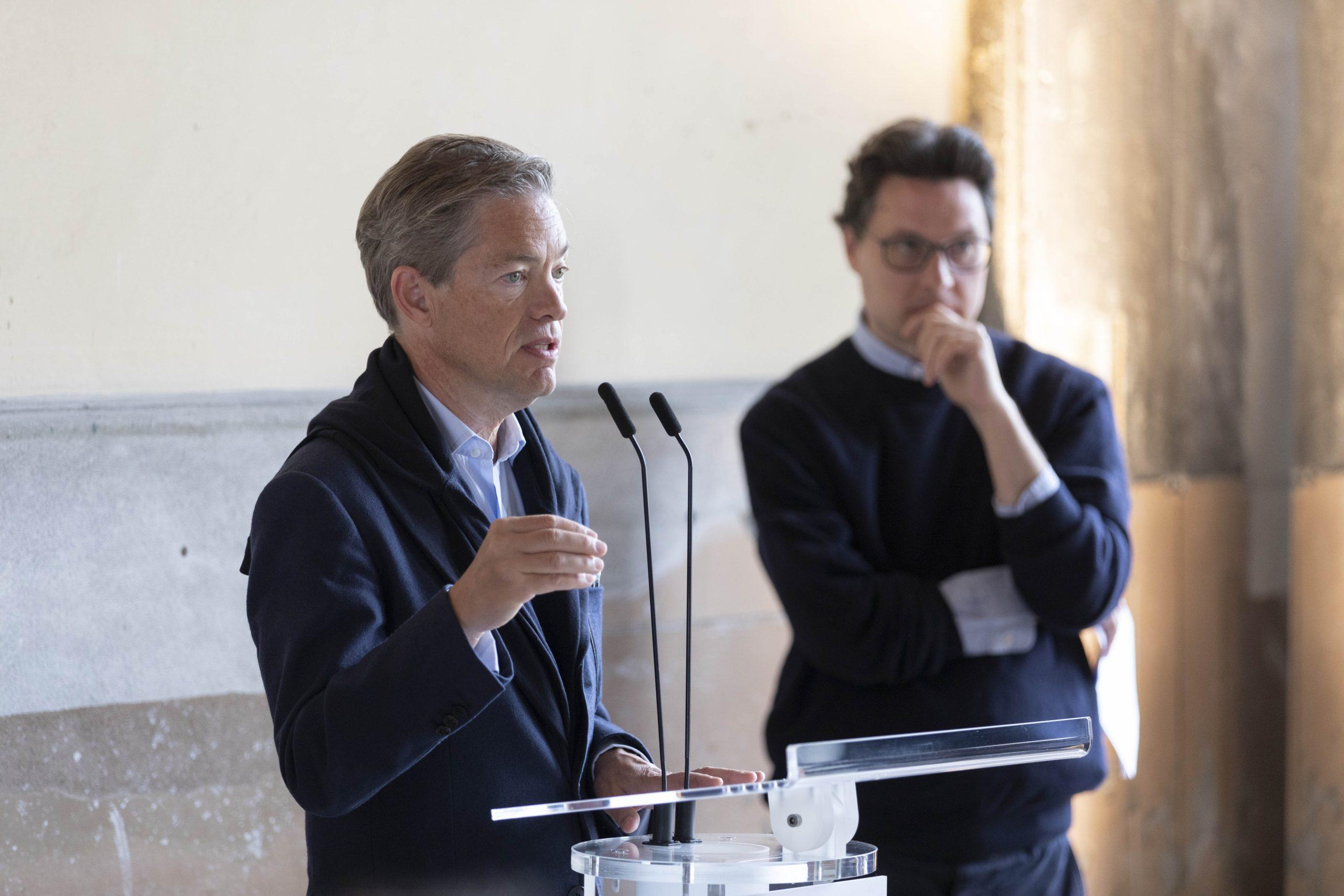What would happen if civilization as we know it had to be rebuilt from scratch? What would we need to do that? These questions are the starting point for “The Book”, the volume created by the Hungry Minds collective. We interviewed co-founder Vsevolod Batischev and Lev Kaplan, head of the "The Book"'s team of illustrators
In the early days of the pandemic, when uncertainty and fear monopolized our thoughts about the future, a group of artists, designers and illustrators from all over the world joined forces and created The Book. The Ultimate Guide to Rebuilding a Civilization. We got the whole story from Vsevolod Batischev and Lev Kaplan.
The story of The Book is amazing: from the starting idea to the incredible crowdfunding to the Italian version published by Marsilio Arte. Could you briefly retrace the history of the project?
Vsevolod Batischev: When I was little, I remember how children’s encyclopedias fascinated me. The realization that behind every simple or complex thing was a brilliant idea inspired me. Looking at things around me, I always wondered, “How would I make this?” “What would I use to make a bowstring?” “And glasses?”
Even in university, I continued pondering these questions; the list grew, but my amazement didn’t wane. At 24, I built Leonardo da Vinci’s workshop, recreating almost all his inventions. Knights raised their hands, stained glass with the Vitruvian Man lit up, and the serpent’s head on the shield moved. In his model of the ideal city, I incorporated water-powered construction tower drives.
In 2020, the epidemic hit, and I lost my business. I was also expecting my first child. We lived in Japan then, borders closed, the entire country staying at home. Tokyo and Kyoto streets were empty. We stayed on Naoshima, an island of museums and scattered art installations.
One day, my wife and I wondered if this was the beginning of the end. What if the pandemic wiped out 99% of the population? Who would rebuild civilization? We certainly didn’t fit that role. That’s when the idea of creating a book first crossed my mind. I wrote to my friend Timur, “I have an idea, but we need to act fast; time is short”. It was April 2020.
What happened next?
Vsevolod Batischev: We searched for an illustrator, met Lev Kaplan, and the project gained a soul. For six months, we explored our style, chose illustration themes, studied a lot ourselves, made sketches on napkins. By December, we launched a Kickstarter with modest expectations. Our optimistic plan was $300k, viewing it as a hobby but passionately committed.
After that, we honestly don’t know what happened. We raised $500k in a few days, $1 million halfway through, and it ended at almost $2.5 million. We were happy, but the realization took time; we weren’t prepared for this. Now, it meant tens of thousands of people worldwide believed in us, and we couldn’t let them down.
With this realization came the understanding that we might not handle it alone. In the following months, we hired the best illustrators worldwide, experts in various fields ‒medicine, engineering, culture, psychology, art. Throughout the next year, we worked on the book every day. It’s 2021, still in the pandemic; by the way, we haven’t met most of the people we worked with in person.
Behind each illustration, there are dozens of people-hours of meticulous work, numerous rejected sketches, and a massive amount of expert comments. It was an incredibly exhausting year but, I admit, one of the happiest.
Which are the aims of The Book? And how does it talk to the readers?
Vsevolod Batischev: It seems to me that the main goal of the book is to allow readers to experience the forgotten sense of childhood curiosity once again. The world is still just as amazing; many of us have simply grown up and over the years lost that taste of childhood ‒ curiosity, wonder about the surrounding world, the ability to always be ready to be amazed. We no longer ask ourselves how a car moves; instead, we often wonder where the traffic jam comes from. Yet, so many things in the Universe happened, so many bright ideas were born just for this traffic jam to exist. Things have become routine for us. The book enables us to look at them anew, to feel the genius of human thought.
“Who” is Hungry Minds? How would you describe the collective you co-founded? Who participates in it?
Vsevolod Batischev: We have a large team, and it was actually a stroke of luck to gather such a number of like-minded individuals. Hungry minds, I must say. We all perceive the book as our legacy. In the quest for truth, we spent many days in heated debates, but we all understood that each of them makes the book better. We are an international team from Russia, Ukraine, England, Germany, America, Israel, and other countries. Perhaps that’s why in the book, we celebrate not the history of individual countries but humanity as a whole.
The illustrations created for The Book recall different kinds of aesthetics and culture, from steampunk to pop. Could you tell us something more about the process that led to the illustrations of The Book?
Vsevolod Batischev: The distinctive style of our book was inspired by the works of the illustrator Svetlana Dorosheva; we were captivated by her contemporary interpretation of medieval madness. Lev Kaplan perfected it. In fact, each illustration has several layers. The first layer is encyclopedic, rooted in ideas. We had to read numerous scientific articles, study drawings, and involve experts. This formed the skeleton of the illustration. Then, we added a twist – some unusual and visually striking form. Octopus surgeons, non-existent plants, animals in armor – these gave the illustration character, allowing a fresh look at familiar things. The final touch was adding Easter eggs. They are in almost every illustration, many referencing contemporary pop culture or historical figures, but some are much more complex, requiring considerable erudition to discover. There is the GO match between Lee Sedol and AI, we include the specific move in the illustration. It is known as “God move”. There is also The Easter egg related to the founding story of the Lamborghini company. Essentially, you can reread the book multiple times on different levels. I don’t think that even one person alone can solve all the mysteries of the book.
As the art director and the head of the illustrators’ team of The Book, how would you describe this editorial project? What is The Book, from your point of view?
Lev Kaplan: As I see it, The Book is first and foremost the idea of seeing the history of civilization from the point of view of modern man both in content and visually. That’s why we chose the style of old painted engravings, supplementing it with steampunk and dieselpunk elements, making the style itself a part of storytelling. In addition, this project showed how well a large team of illustrators can work together, drawing illustrations in almost the same style, but without losing their individual features and enjoying an interesting project.
I would like to add that I enjoyed working on The Book also because I managed to avoid too much “deadly” seriousness in the approach to illustrations, which often spoils a project.
Interview by Arianna Testino
BIO
Having a passion for clockwork mechanisms and kinetic toys, Vsevolod Batischev constructed escape rooms. In 2020, after losing his business during the pandemic, he remembered another childhood hobby: daydreaming about how he would rebuild civilization if the current one were to collapse. Frustrated by the fact that he would be rather useless compared with engineers, scientists and builders, he came up with the idea of writing a book on how to revive civilization.
Lev Kaplan is master of beautiful illustrations and head of The Book’s team of illustrators and designers. He studied architecture, but worked in advertising for 25 years while always continuing to evolve as an artist, both in the fields of children’s book illustration and commercial illustration as well as motion graphics and graphic design. Today he works as an artist and illustrator. He also teaches illustration and watercolor painting at the Kunstfabrik Art School in Vienna.
Photo cover: Lev Kaplan, head of The Book’s team of illustrators, at Lucca Comics&Games 2023. Photo Matteo Catania, Hubove Studio
Related Articles






